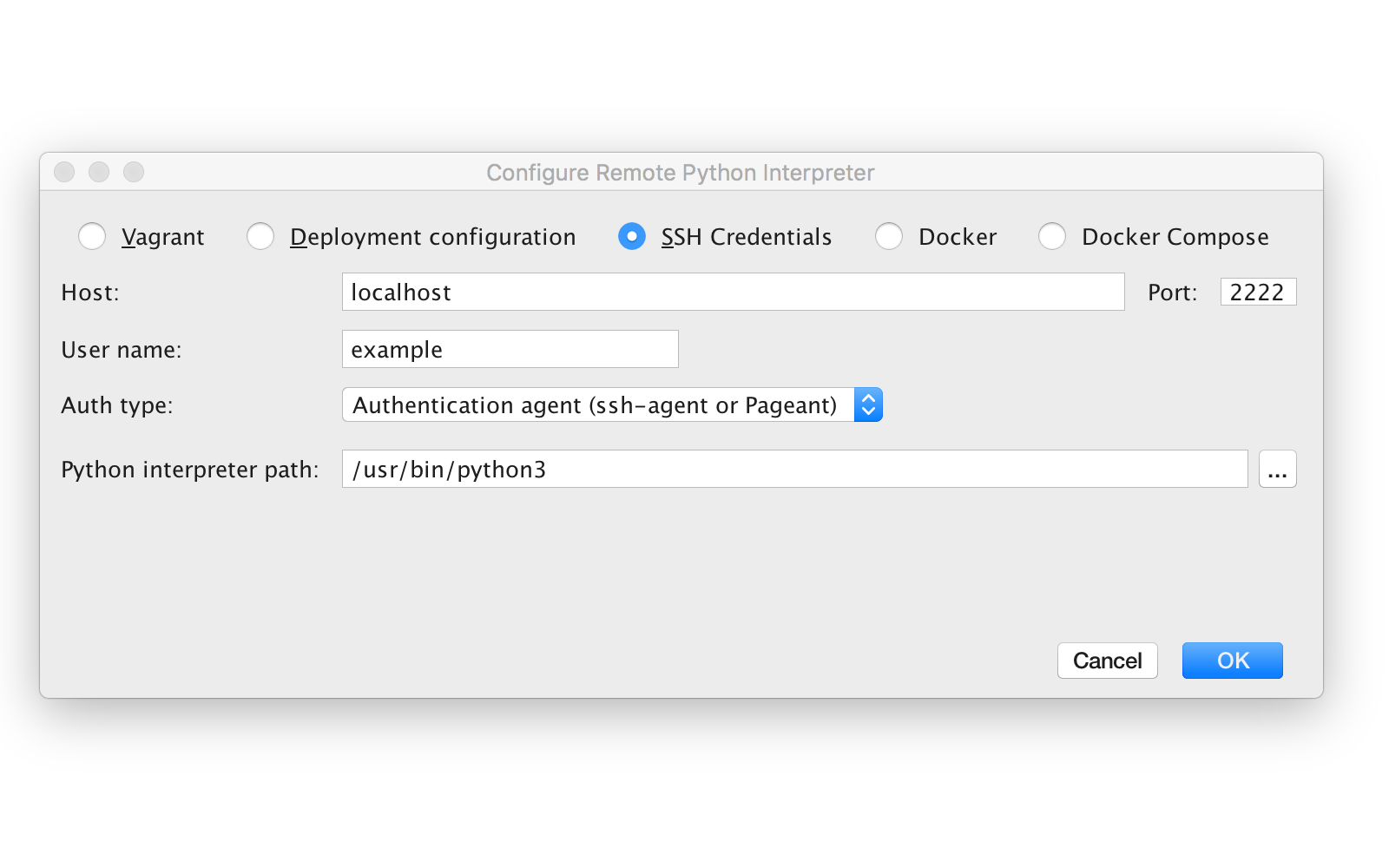In Unix, ssh-agent is a background program that handles passwords for SSH private keys. The ssh-add command prompts the user for a private key password and adds it to the list maintained by ssh-agent. Once you add a password to ssh-agent, you will not be prompted for it when using SSH or scp to connect to hosts with your public key.
The public part of the key loaded into the agent must be put on the target system in ~/.ssh/authorized_keys; see Set up SSH public key authentication to connect to a remote system.
To use ssh-agent and ssh-add, follow the steps below:
- Use expect to do ssh with password instead of key. We can utilise expect to provide the password in.
- Setup the SSH authentication agent # Start the agent eval `ssh-agent` # Add the identity (private key) to the agent ssh-add /path/to/private-key # Enter key passphrase (one time only, while the agent is running).
(Optional) Set up SSH Agent to store the keys to avoid having to re-enter passphrase at every login Enter the following commands to start the agent and add the private SSH key. Ssh-agent $BASH ssh-add /.ssh/idrsa Type in your key’s current passphrase when asked. If you want to omit passphrase and password entry when you are using Secure Shell, you can use the agent daemon. Use the ssh-agent command at the beginning of the session. Then, store your private keys with the agent by using ssh-add. If you have different accounts on different hosts, add those keys that you intend to use in the session. You can add your SSH accounts to 1Password and launch Terminal automatically. Edit a Login item and set its website field to ssh://user@hostname. Save the item, and the field becomes a link. Click the link to launch your SSH session. That'll look something like this.
- At the Unix prompt, enter:
Make sure you use the backquote (
`), located under the tilde (~), rather than the single quote ('). - Enter the command:
- Enter your private key password.
- When you log out, enter the command: To run this command automatically when you log out, place it in your
.logoutfile (if you are usingcshortcsh) or your.bash_logoutfile (if you are usingbash).
ssh-agent2 and ssh-add2, are the same as outlined above. To use them, follow the instructions above, replacing all occurrences of ssh-agent with ssh-agent2, and ssh-add with ssh-add2. The SSH2 versions will only work if both your computer and the remote host are running SSH2.At Indiana University, for personal or departmental Linux or Unix systems support, see Get help for Linux or Unix at IU.
How to Log in With No Password While Using ssh-agent
If you want to omit passphrase and password entry when you are using Secure Shell, you can use the agent daemon. Use the ssh-agent command at the beginning of the session. Then, store your private keys with the agent by using ssh-add.If you have different accounts on different hosts, add those keys that you intend to use in the session. You can start the agent manually when needed as described in the following procedure. Or, you can set the agent to run automatically at the start of every session as described in How to Set ssh-agent to Run Automatically.

Start the agent daemon.
The ssh-agent command starts the agent daemon and displays its process ID.
Add your private key to the agent daemon.
The ssh-add command adds your private key to the agent daemon so that subsequent Secure Shell activity will not prompt you for the passphrase.
Start a Secure Shell session.
1password Ssh Agent Portal
Example—Using ssh-add Options
You can use ssh-add to add other keys to the daemon as well. For example, you might concurrently have DSA v2, RSA v2, and RSA v1 keys. To list all keys that are stored in the daemon, use the -l option. To delete a single key from the daemon, use the -doption. To delete all keys, use the1password Ssh Agent
-D1password Ssh Agent Download
option.